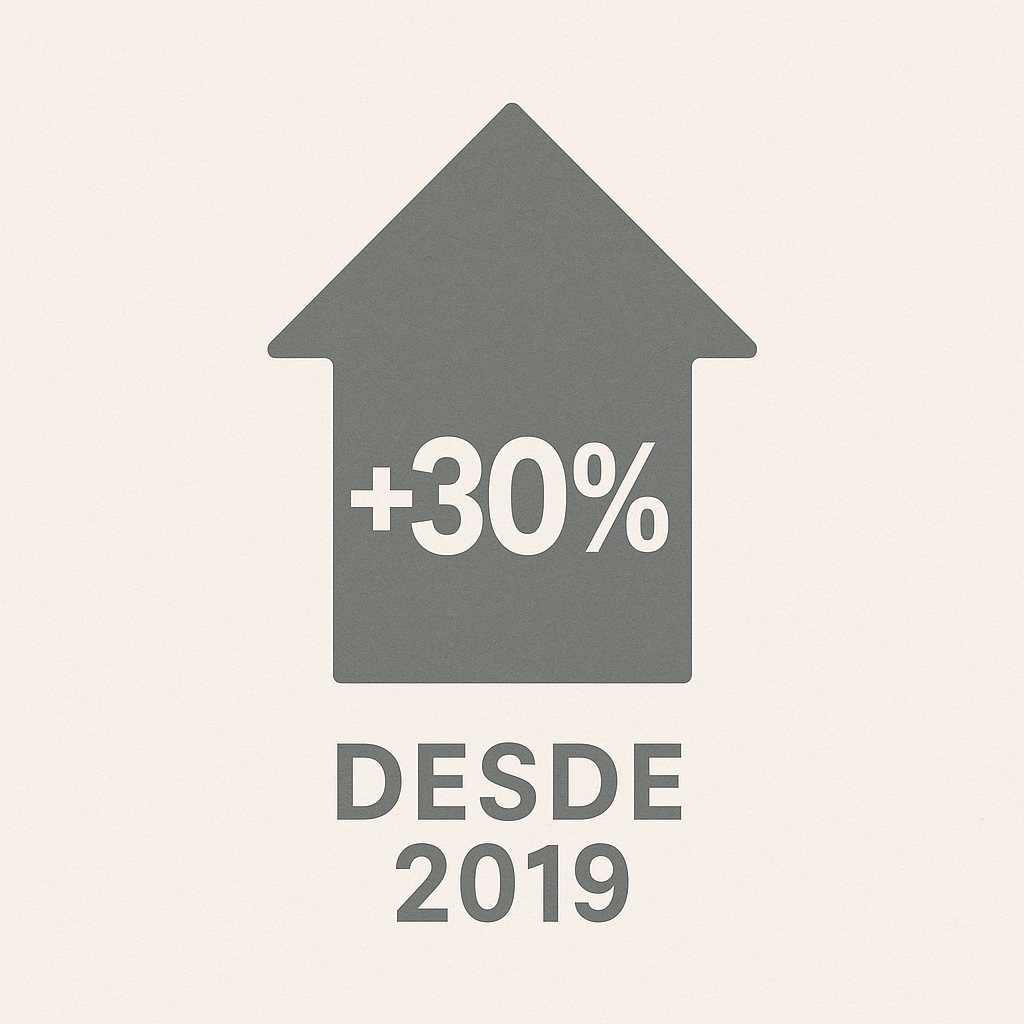Lisbon and Porto Logistics Markets Face Squeeze as Vacancy Hits Record Lows
A new market analysis released by CBRE reveals that Portugal's logistics real estate sector has undergone a significant expansion, with total stock increasing by over 30% since 2019 to reach 5.5 million square meters. The study, titled “Realizing Potential in Logistics,” highlights a market defined by strong demand and a critical shortage of modern available space, particularly in the key hubs of Lisbon and Porto.
The source of this data, CBRE, a leading global real estate services and investment firm, conducted the analysis based on market activity, stock evolution, and occupier demand trends across Portugal. The methodology involved tracking take-up rates, rental values, and investment volumes to provide a comprehensive overview of the sector's performance over the past six years. The findings point to a structural imbalance between supply and demand that is reshaping the market dynamics.
According to the report, the post-pandemic era has seen a dramatic increase in logistics space absorption, with the average annual take-up nearly doubling from 200,000 square meters before 2020 to 400,000 square meters in subsequent years. This surge in demand has pushed availability rates to historic lows. The Porto market is experiencing a vacancy rate of less than 1%, while the Greater Lisbon area shows a rate of 4%. This figure for Lisbon is heavily skewed by the availability in the Palmela sub-region; excluding this area, the vacancy in the capital's core logistics zones is significantly tighter.
This scarcity has had a direct and substantial impact on rental prices. Prime rents have escalated by approximately 40% since 2019, rising from a baseline of €3.5 per square meter per month to a current range of €5.5 to €6.0. The report notes that this upward pressure on rents is widespread, affecting not only premium, modern assets but also older, non-prime properties due to the overall lack of alternatives for occupiers.
Geographically, the pressure is most acute in the primary economic centers. The Lisbon and Porto metropolitan areas are the epicenters of this trend, attracting the bulk of occupier demand and, consequently, experiencing the most significant rental growth. Investor interest has followed suit, with transaction volumes in the industrial and logistics sector reaching €124 million by August 2025. CBRE forecasts a year-end total between €280 million and €360 million, which would mark 2025 as one of the most active years for investment in the sector's history.
The analysis also breaks down the market by asset quality, identifying a critical challenge in the obsolescence of a large portion of Portugal's logistics stock. Many existing warehouses are aged and do not meet modern operational standards, including ESG certifications, energy efficiency, and advanced safety features. This is creating a “two-speed market,” where modern, certified buildings command premium rents, while older stock faces challenges. However, in Portugal's current supply-constrained environment, even outdated assets are seeing rent appreciation.
Need Expert Guidance?
Get personalized insights from verified real estate professionals, lawyers, architects, and more.
Nuno Torcato, Director of Industrial and Logistics at CBRE Portugal, commented on the findings, stating, “Portugal faces today one of the lowest availability rates in Europe, which confirms the resilience and the attractiveness of the market, but also exposes a clear deficit of modern spaces. The modernization of the logistics park is, therefore, an imperative.”
The government and regulatory bodies have yet to issue a formal response to these specific market statistics, but the data underscores the need for policies that encourage new development and the refurbishment of existing assets to support Portugal's economic growth and its increasing role as a key logistics hub in Southwestern Europe.
The historical context shows a market that was relatively stable before 2020, which has since been transformed by shifts in supply chains, the growth of e-commerce, and increased nearshoring activity. This has created a sustained demand that the current stock is unable to meet.
CBRE anticipates that these trends will continue, with ongoing strong demand and limited new supply in the short term, presenting a clear opportunity for developers and investors focused on the Portuguese logistics market. Future reports will continue to monitor these developments as new projects in the pipeline come to fruition.
Stay informed on Lisbon property market developments at realestate-lisbon.com.






